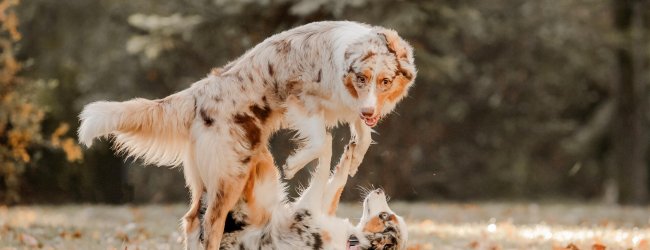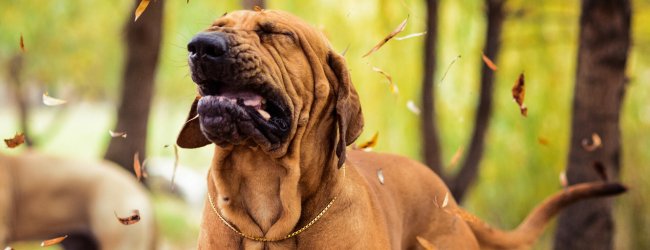 Approved by Dr. Dwight Alleyne, DVM
Approved by Dr. Dwight Alleyne, DVM Why Do Dogs Eat Grass? (And When Is It A Big Deal?)
Wondering why your dog eats grass once in a while? Turns out, it's both a completely normal behavior - but also one that opens up the risk of making your dog (very) sick.
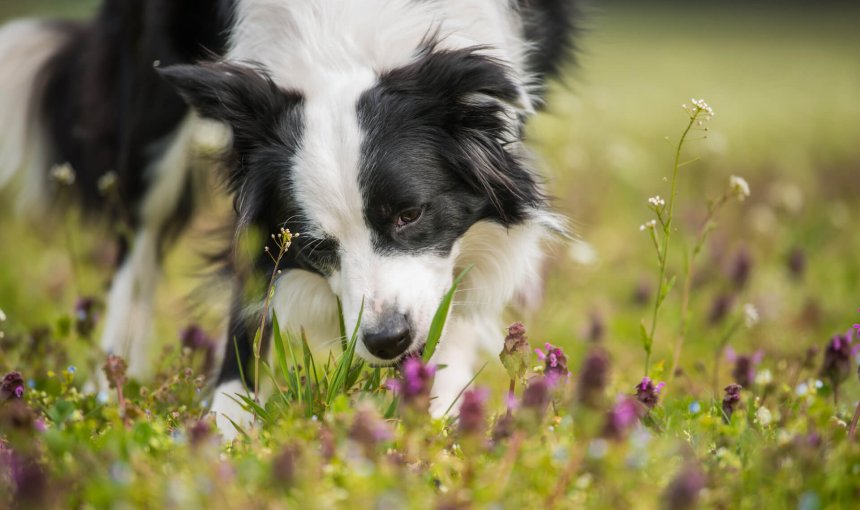
As the warm days bloom around the corner, you might’ve found your buddy getting more active, outdoorsy, and…chewing, swallowing, or eating grass every so often?! Which might’ve made you wonder: why is my dog eating grass? And why do dogs eat grass in the first place?
Now on the bright side, it isn’t always a cause for concern if your dog does take a bit of a grassy nibble every now and then.
But on the other hand, you do want to ensure they aren’t venturing into any areas where they might bite, lick, or taste something riddled with toxic substances (like snail bait or pesticides) instead!
So here’s a post covering why dogs eat grass – and how you can ensure yours doesn’t end up becoming a nuisance in your neighbors’ backyards. Let’s go!
Why do dogs eat grass?
“Why does my dog eat grass?” you might be wondering. And in a nutshell: there’s no one simple reason why dogs eat grass. Dogs enjoy munching on the stuff for a bunch of different reasons.
The top 5 reasons for a dog eating grass are:
Let’s take a closer look at each of these reasons, and what you can do about it.
1. Your dog’s just following their instinct.
Grass eating is may be a normal habit your buddy’s inherited from their wild dog ancestors from a long, long time ago.
- For dogs back then to survive, they would have needed good hunting abilities in order to survive as a pack.
- Meaning if they ate grass, it may have helped conceal their scent from their prey.
- Over time, dogs have evolved to become omnivores – like us humans – which can explain why they still have an appetite for grass.
So since your buddy’s ancestors hunted and scavenged for food back in the day, one simple explanation for why dogs eat grass is simply instinct.
Besides, dogs are natural scavengers. They’ve evolved to find a meal wherever they go. In fact, it’s this scavenger nature that enabled dogs to survive and thrive as long as they have throughout history.
(That, combined with their prey drive, which is still quite intense in some dog breeds.)
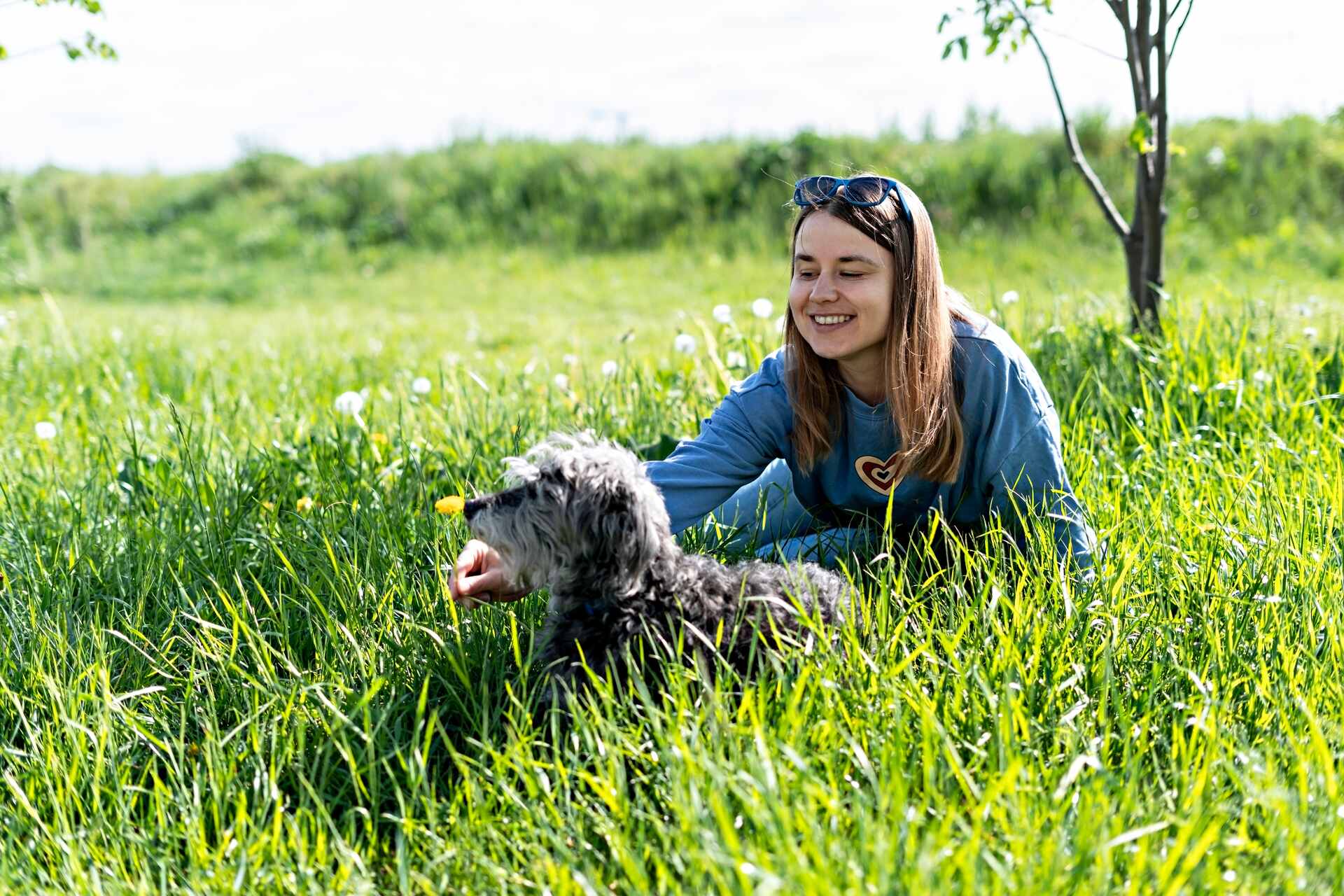
⚠️ Younger, untrained dogs might be more likely to “hunt down” a meal wherever they go – which you do want to avoid, since it might lead them to your neighborhood trash heap or to a friendly neighbor that feeds them something toxic by accident.
Which is where many dog parents around the world stay on top of their food-motivated buddies’ movements with the help of a GPS tracker.
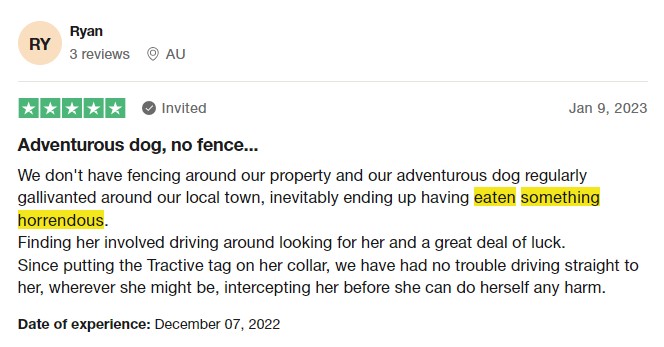
2. Your dog is missing some nutrients.
Grass, like other plants growing outdoors in nature, contains vitamins, minerals and nutrients that are good for your furry friend. Which – besides just being super hungry – might be a reason your dog eats grass, i.e., they have a nutritional deficiency.
Before preparing homemade meals, be sure to work with your vet to make sure you’ve got the right balance of nutrition. If you notice that your dog has been munching away on grass or houseplants, then you may want to introduce natural herbs or cooked vegetables into their diet.
Read more: What Vegetables Are Good For Dogs?
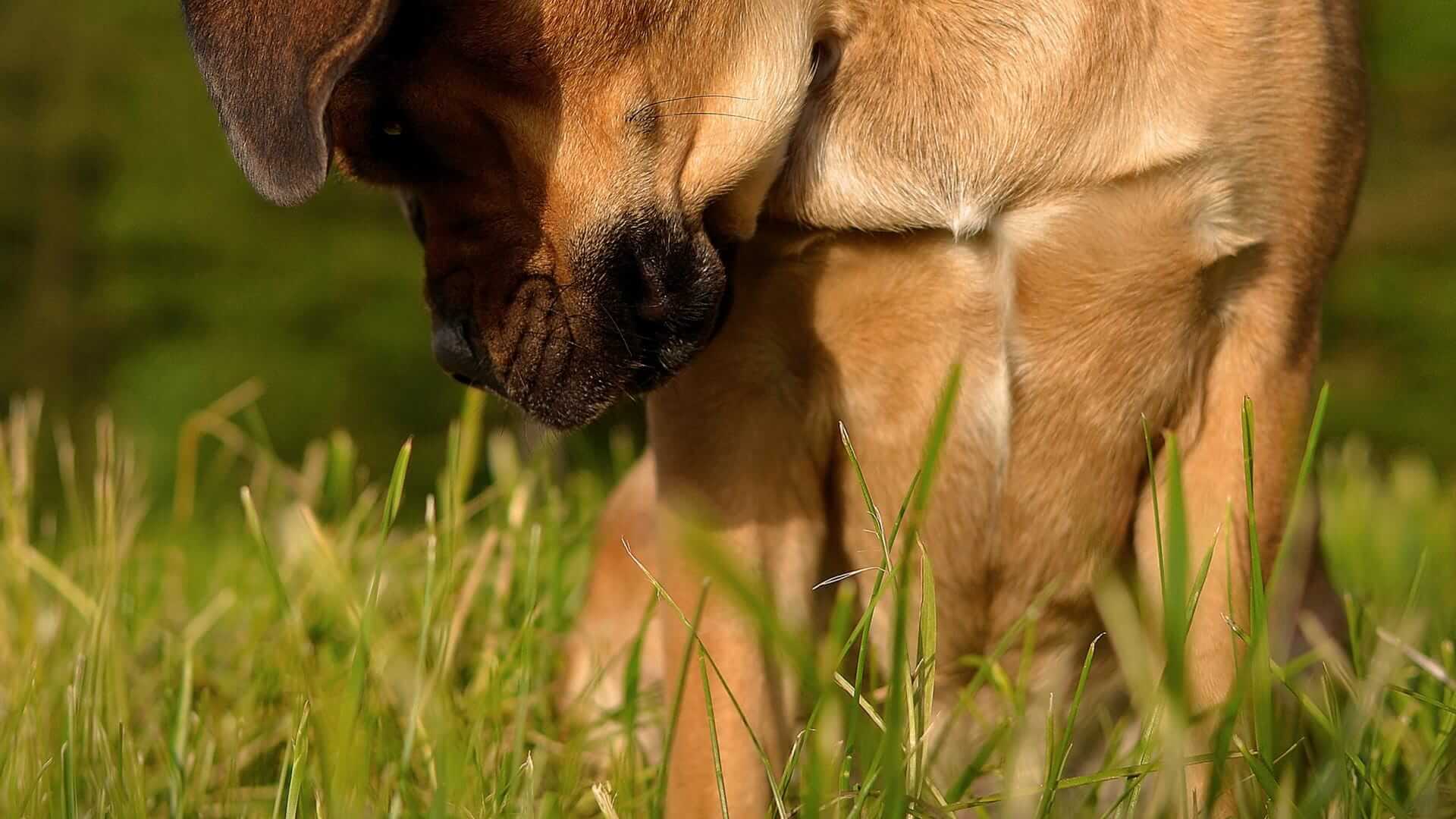
3. Ruh-roh! Your dog might be sick. (Or – why do dogs eat grass and vomit?)
Now on the bright side, less than 25% of dogs vomit from eating grass1. But it may be the case they turn to eating grass when they’re not feeling well.
Grass blades can tickle a dog’s throat, which may help them vomit. Which, in turn, can get rid of whatever’s bothering them and help them feel better. If a dog is trying to naturally get rid of a gassy or upset stomach, grass may do the trick.
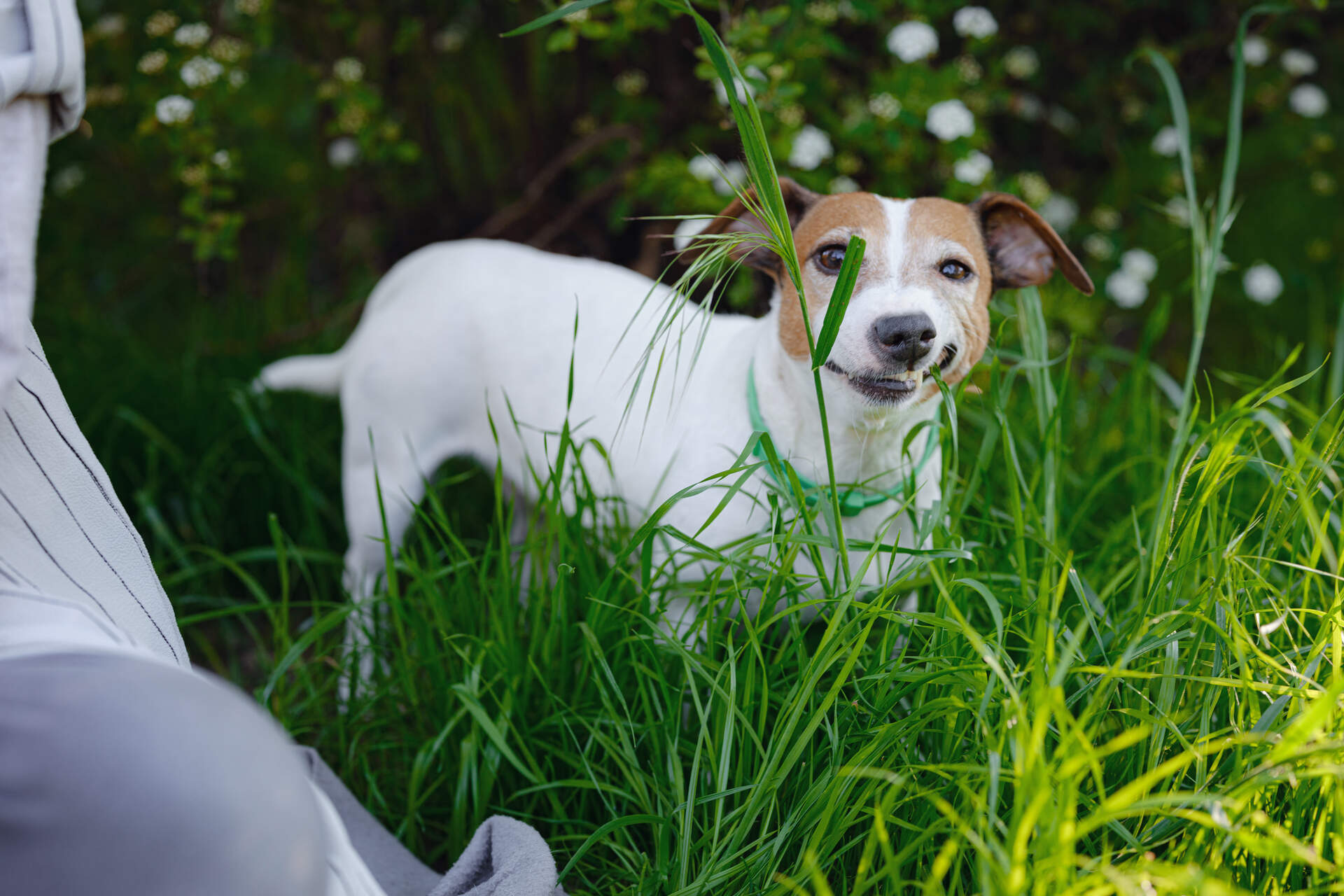
⚠️ Just watch out for a sudden increase in grass eating, as it could be a sign of a more serious underlying illness that your dog is trying to self-treat. In this case, you’ll need immediate vet assistance.
4. Your dog is just bored.
Dogs are naturally active, curious creatures who will get bored easily if not provided with enough healthy stimulation and activity. It’s why they tend to chew on things (like socks) frequently when they’re bored and need “something to do.”
So one of the main reasons why dogs eat grass – beyond its various other benefits – is that it’s just fun!

⚠️ Boredom is also one of the prime reasons why dogs run away from home. (Yes, no matter how indoorsy your dog might be otherwise.)
Which is why it’s a good idea to redirect their boredom-induced “chewing” elsewhere – with a couple of dog-friendly chew toys instead.
Else, make sure to keep yours active and occupied as much as possible. Regular walks and playtime can help tire out your buddy (and prevent them from raiding your neighbors’ lawns – or further away from safety – for some entertainment.)
Read more: Why Do Dogs Run Away? 6 Reasons Behind It
5. Your dog is anxious.
Besides boredom, anxiety may also play a role in dogs eating grass. For example, if your dog suffers from separation anxiety, eating grass may be their way of coping.2
So make sure to spend more time with your dog – or leave behind a sweater or blanket (with your scent) for them to smell when you are away. This can help curb your dog’s anxiety (and any grass eating that might result from it!)
Should I let my dog eat grass?
Now that we know the reasons why dogs eat grass, the question is – should you let your dog eat grass? Well, as it turns out, in many cases, eating grass can be healthy and harmless.
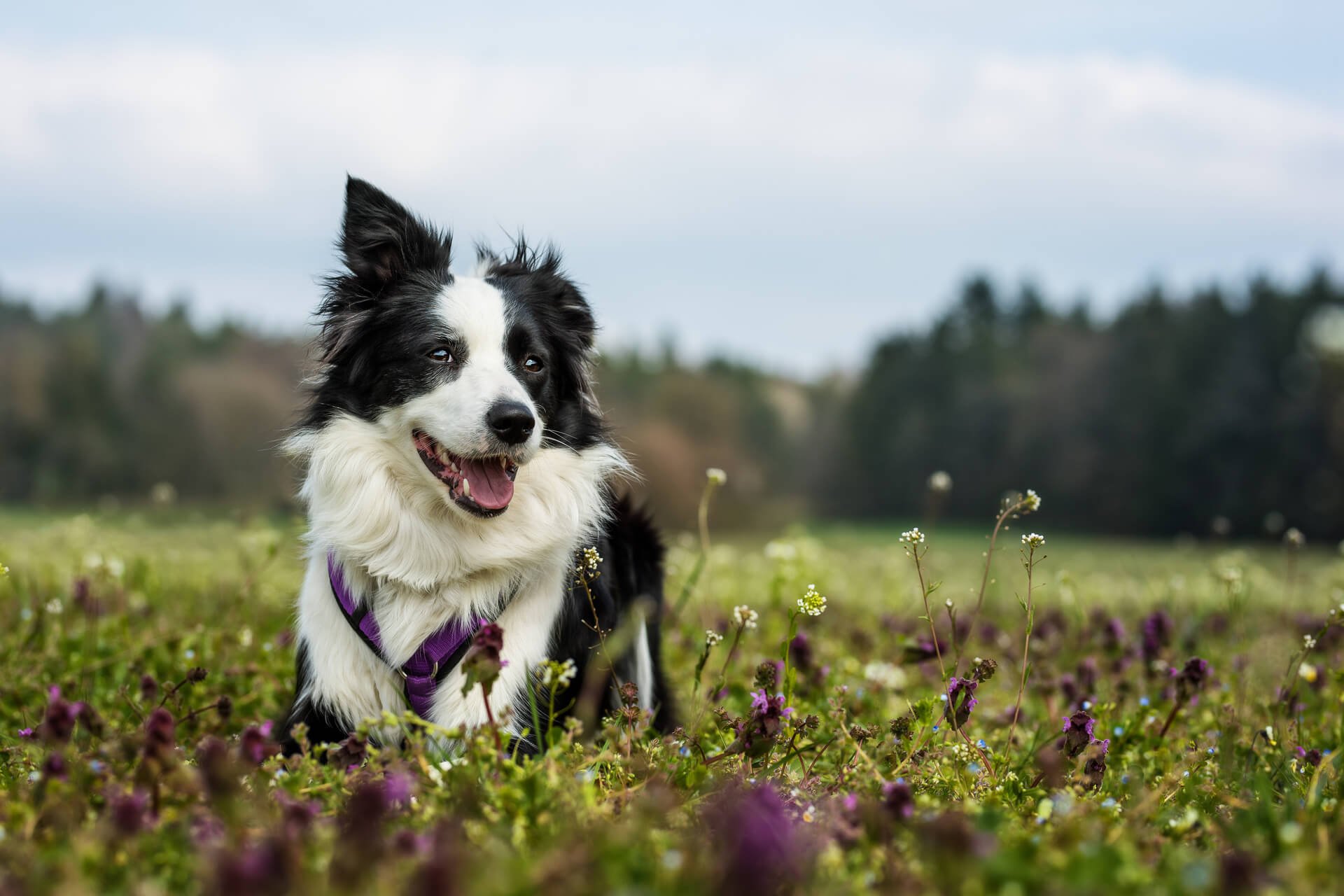
⚠️ But before you let your dog munch freely on grass, remember that there are cases where eating grass may be dangerous. Like, for example, if they eat too much all in one go – which can even cause a bad case of intestinal blockage. (And which may be fatal if left untreated!)
To help you avoid such situations, let’s have a look at what these are.
Is it safe for my dog to eat grass?
Grass itself is not toxic to dogs. No matter what the real reason is (and it may be different from dog to dog or a combination of all the above), you can be sure that eating grass is a common behavior for a normal, healthy dog.
But occasionally, grass, and particularly grass awns, can get stuck in the back of your dog’s throat. If your dog seems uncomfortable after eating grass – or if they’re pawing at their mouth – check for grass as a potential cause.
We’d also recommend you stay informed on what kinds of grasses and plants are toxic to dogs.3 Some of these include:
- Azaleas
- Daffodils
- Oleander
- Tulips
- Irises
- Peonies
- Foxgloves
- …and more

⚠️ Certain herbicides and pesticides used on lawns can also be quite toxic, especially if ingested and should certainly be avoided.
Yard sprays, such as weed control, can turn grass and plants toxic. If you don’t know if an area is chemical-free or not, don’t let your dog graze.
Read more: The Danger Of Snail Bait For Dogs
How to figure out your dog’s favorite (grassy) spots
Now it’s unrealistic to keep your dog on a short leash all day long. (Or monitor their whereabouts 24/7 – especially if they’re used to a little unsupervised exploring outdoors.)
💡So imagine being able to:
- Figure out your dog’s favorite hangout spots…
- Mark these spots as “safe zones” or “no go zones”…
- Warn other dog parents about “danger zones” nearby…
- Get an escape alert if your dog tries to sneak into a no go zone…
- Track your dog in real-time – plus over an unlimited range (including across 175 countries)…
- Or know where to look first in case they go missing?
You can get all this and more in just one device – built with love for your dog and for your peace of mind.
It’s also where your trusty Tractive device’s Heat Map and Location History can be a lifesaver.

With yours, you now have a 24-hour Location History (365 days with a Premium subscription) of where your dog’s been off:
- Hiding
- Hunting
- Hanging out
- Or exploring (maybe to find some new grassy patch to invade)
Which might lead to your neighbors’ pesticide-riddled backyards, somewhere filled with toxic plants (including mushrooms), or just generally too far from safety.
And in an emergency – you now know where to look first in case your dog ends up MIA for a bit longer than usual.
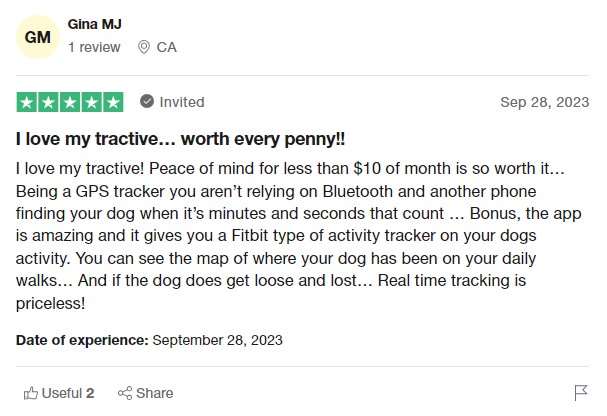
When you should be concerned about your dog eating grass
If you notice your dog eating grass excessively, obsessively, or more frequently than you think is normal, contact your vet. Besides, keep an eye out for these symptoms:
- Vomiting
- Diarrhea – including blood in their stools
- Loss of appetite
- Weight loss
- Lethargy
- Excessive thirst
Besides, monitoring your dog’s whereabouts can help you figure out if they’re making a mess of your neighbors’ begonias – or coming in contact with substances (like snail bait or pesticides) that might be fatally toxic to them.
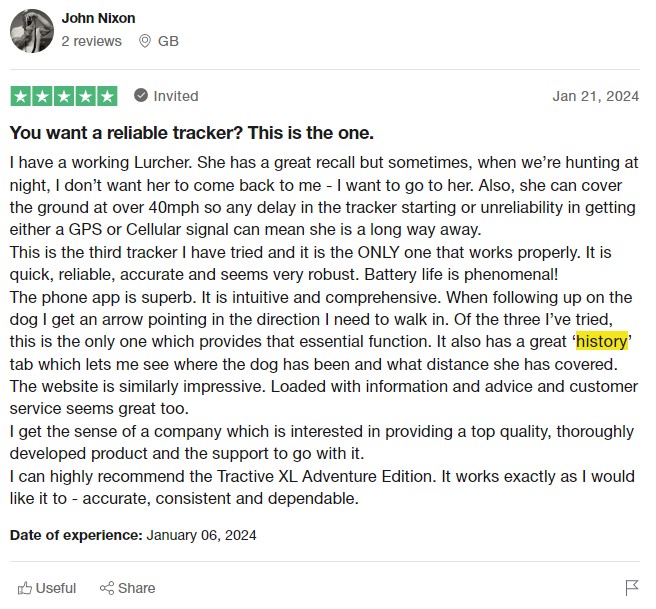
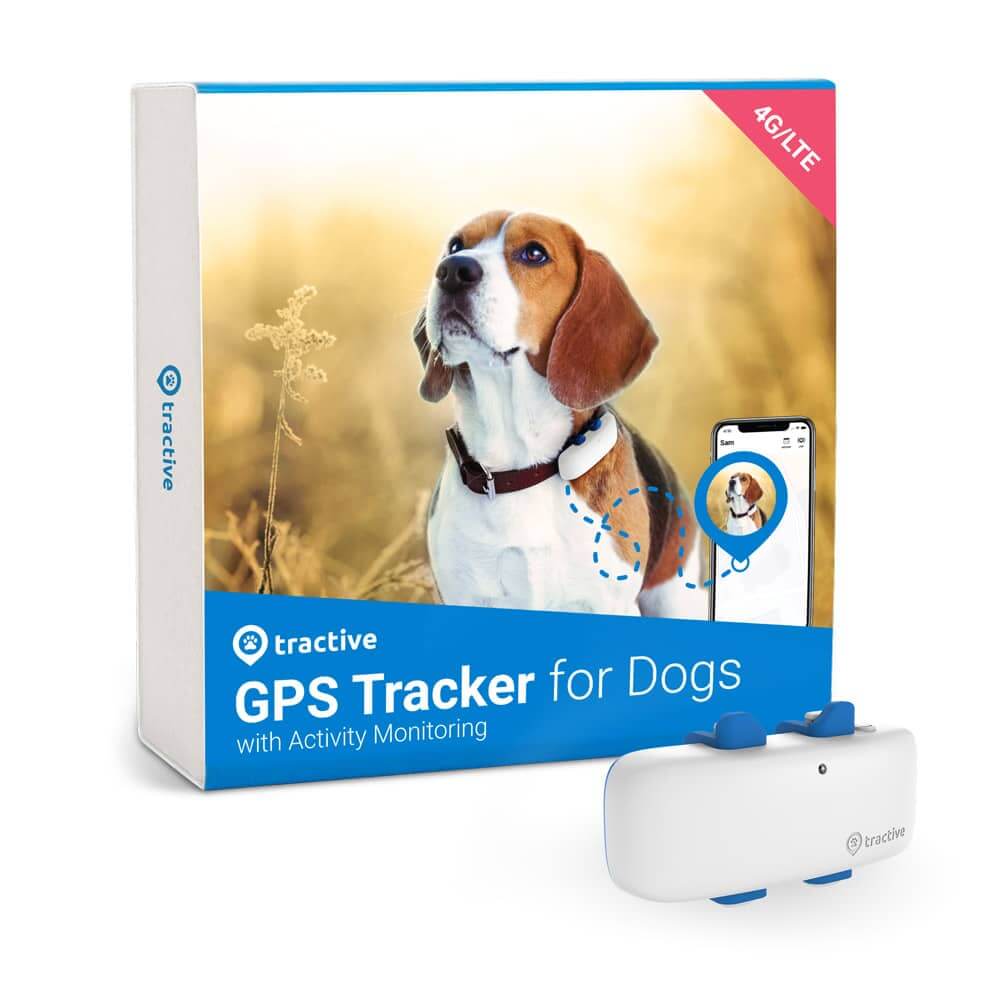
Always know where your dog is
Follow every step in real-time with unlimited range. Get alerts if they wander too far. Keep them happy & healthy with Wellness Monitoring. And let others – like walkers or sitters – keep an eye on your dog too.
Curious about the reasons dogs eat grass? Here’s a short, sweet video covering the basics:
And if you’ve liked this post, share it with a friend or a loved one – and let’s help build a safer, kinder world for our furry friends together.
Your furry friend’s health and wellbeing means as much as to us as it does to you. So we’ve made it a priority to only share medically-relevant content on our blog.
This post was checked, double-checked, and medically verified by Georgia-based vet, Dr. Dwight Alleyne.
Dr. Dwight Alleyne, DVM
Dwight Alleyne was born and raised in Long Island, New York where his love of animals began. His career for animals began working for a well-known no-kill animal shelter on Long Island.
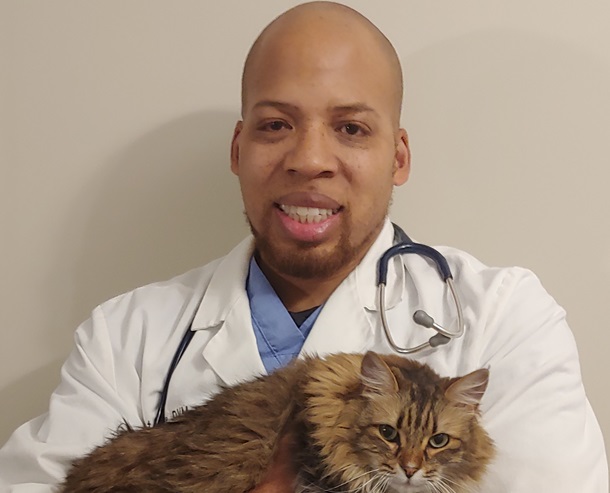
He worked his way up the career ladder working as a kennel technician, veterinary assistant, and then becoming a licensed veterinary technician at the shelter.
His passion for veterinary medicine led to him applying to and being accepted at Cornell University Veterinary where he graduated from in 2006. After completing a small animal rotating internship at Purdue University, he eventually made his way to Georgia where he has been practicing ever since.
Dr. Alleyne has practiced at several small animal clinics throughout Georgia. He has a keen interest in soft tissue surgery and has extensive experience in performing ultrasounds including echocardiograms.
When he is not practicing medicine, Dr. Alleyne enjoys writing and editing pet health articles and providing pet advice through telehealth.
Dr. Alleyne also has his own blog called “The Animal Doctor Blog.” Check it out on: www.anmldrblog.com.
